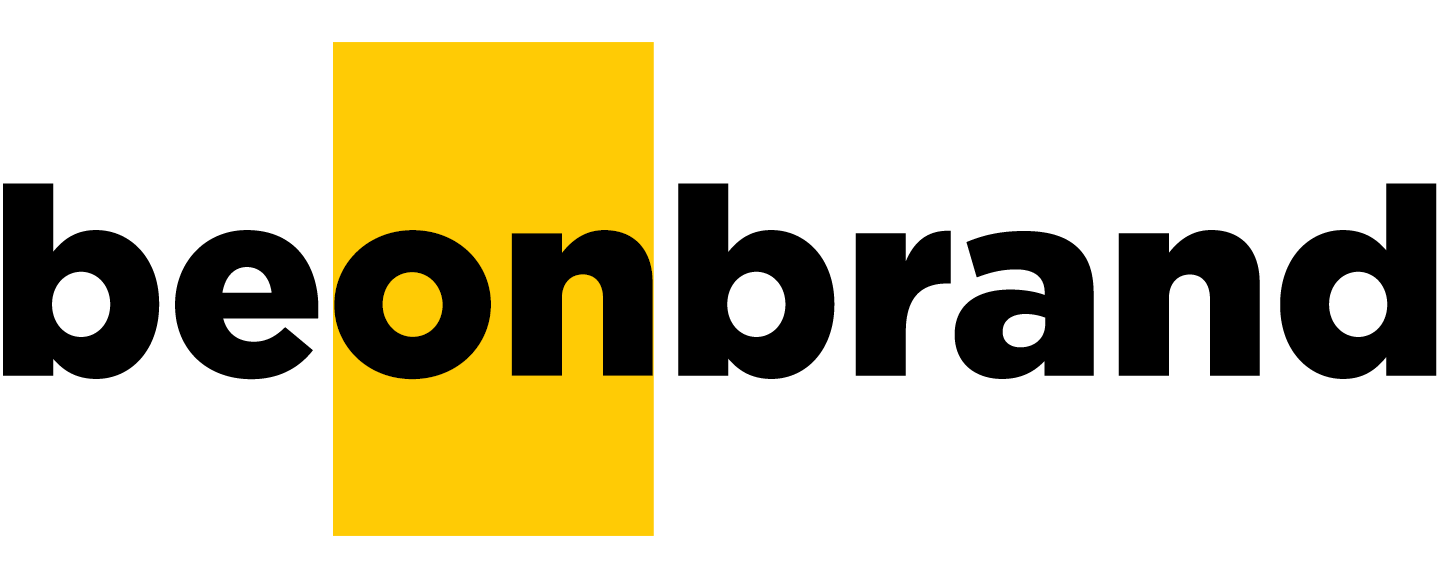
In the evolving landscape of higher education, effective communication stands as a vital bridge between institutions and their diverse audiences. Canadian universities and colleges face the unique challenge of engaging students, faculty, alumni, and industry stakeholders. Crafting a strategic communication approach is essential to articulate their values, goals, and achievements clearly and compellingly.

Understanding Your Audience
Effective communication begins with a deep understanding of your audience. Each segment, be it students, faculty, alumni, or industry partners, has unique needs and expectations.
Students: Seek information about career guidance, educational resources, and campus life.
Faculty: Require updates on research opportunities, academic events, and collaborative prospects.
Alumni: Look for networking opportunities, alumni events, and institutional growth news.
Industry Partners: Are interested in research initiatives, skill development programs, and potential recruits.

Key Components of a Communication Strategy
A well-rounded strategy should include clear messaging, a multi-channel approach, and consistent brand voice.
Brand Voice: Develop a unique, consistent voice that reflects the institution’s values and resonates with the audience.
Content Clarity: Ensure all communications are clear, concise, and targeted.

Leveraging Digital Tools
Digital platforms offer powerful tools for engagement and interaction.
Social Media: Use platforms like Twitter, LinkedIn, and Facebook to engage with the community interactively.
Websites: Maintain an up-to-date, user-friendly website that serves as an information hub.

Measuring Success
Regularly track and analyze communication efforts to gauge their effectiveness and adapt as needed.
- Analytics: Use tools to monitor website traffic, social media engagement, and email campaign effectiveness.
- Feedback: Regularly solicit feedback from stakeholders to understand their needs and perceptions.

Overcoming Communication Challenges
Address challenges like misinformation and changing communication landscapes proactively.
Rapid Response: Develop a plan for quickly addressing misinformation or rumors.
Transparency: Be open and transparent in all institutional communications, especially in times of change or crisis.
Conclusion
An effective communication strategy in higher education transcends mere information dissemination. It’s about building a community, fostering engagement, and creating an environment conducive to growth and learning. By understanding their audience, leveraging digital tools, and consistently evaluating their efforts, Canadian universities and colleges can achieve impactful communication that resonates with all their stakeholders.

Share this article
Interested in learning more ?



1 Comment
Comments are closed.